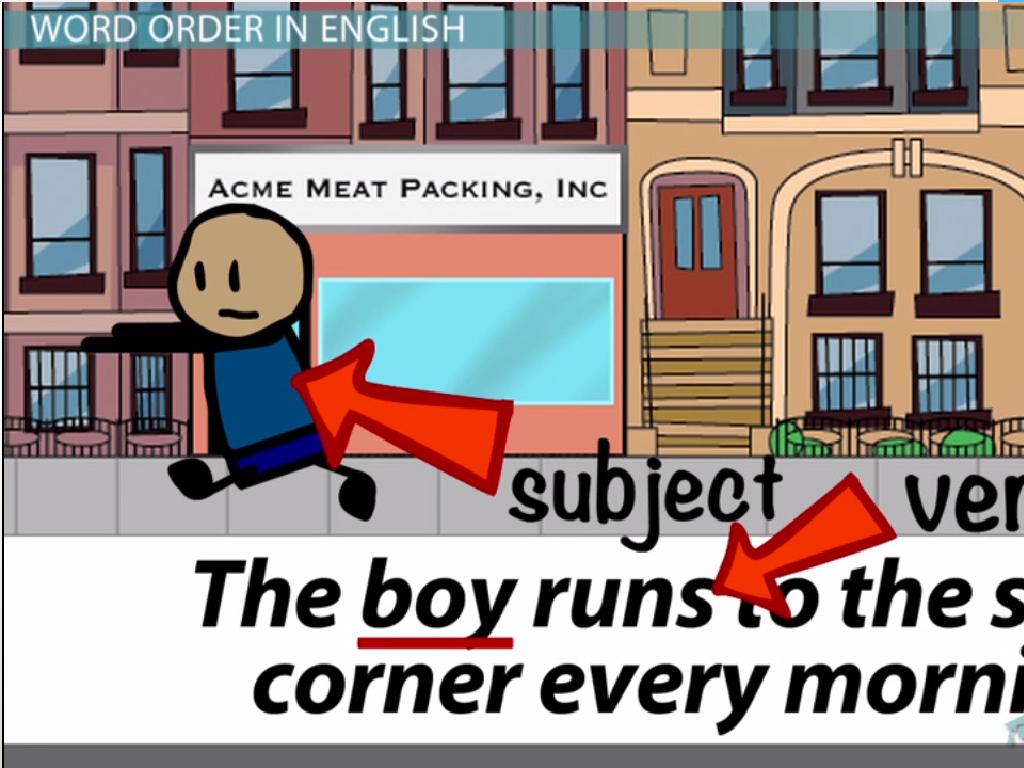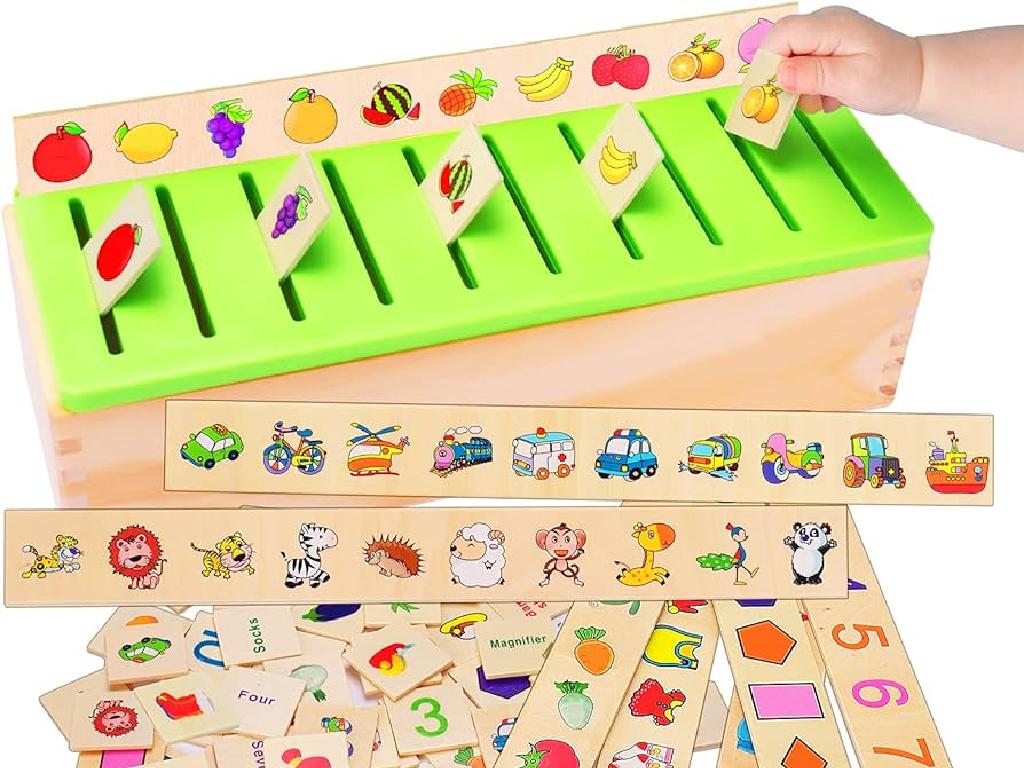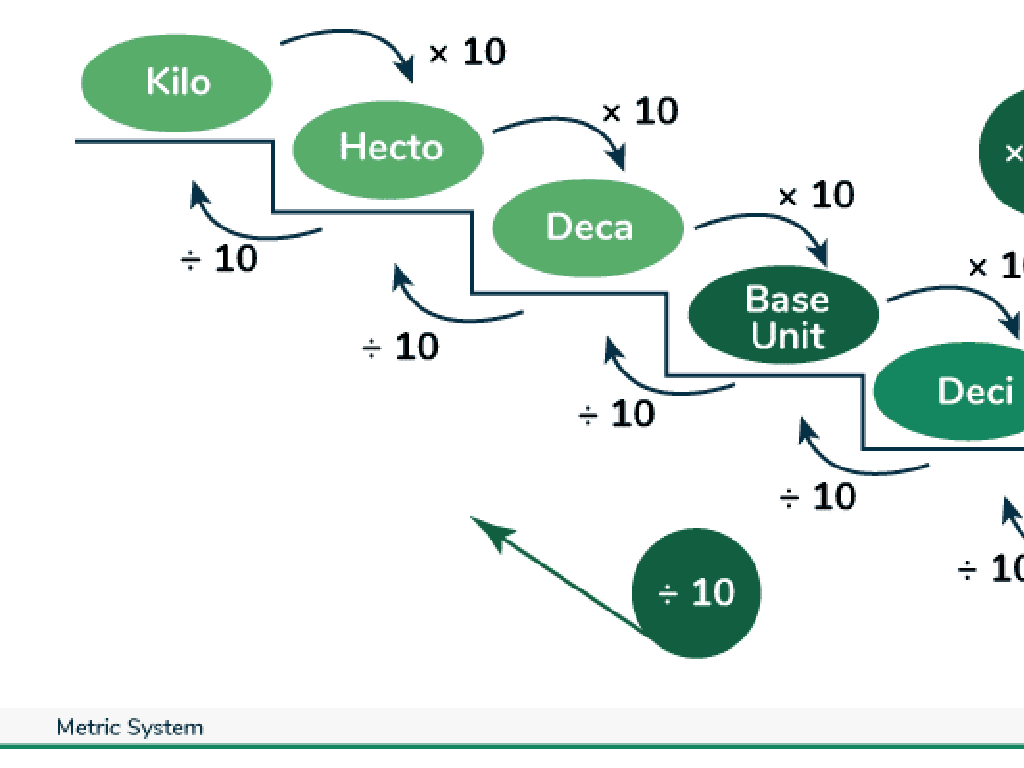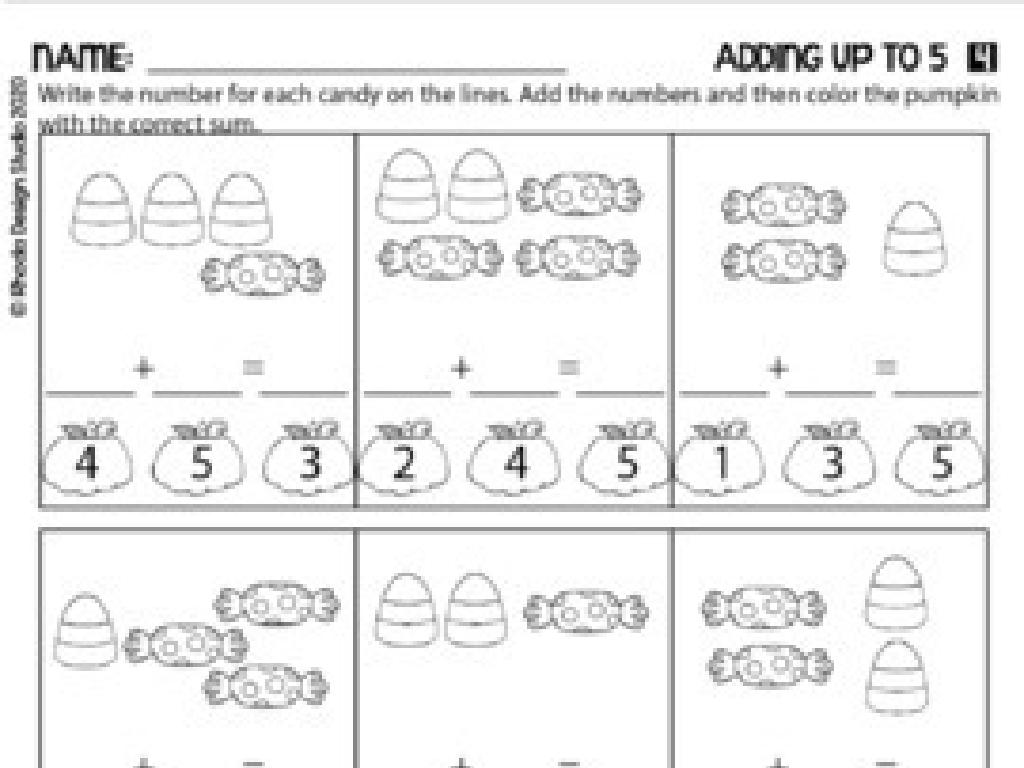Positive And Negative Connotation
Subject: Language arts
Grade: Eighth grade
Topic: Word Choice And Usage
Please LOG IN to download the presentation. Access is available to registered users only.
View More Content
The Impact of Connotation on Communication
– Connotation shapes perception
– Words carry emotional weight that can influence how we perceive a message.
– Positive vs. Negative connotation
– ‘Slim’ vs. ‘Skinny’: ‘Slim’ has a positive connotation, implying attractiveness, while ‘Skinny’ can imply being too thin or unhealthy.
– Word choice in context
– The same word can have different connotations depending on how it’s used in a sentence.
– Connotation in literature
– Authors choose words with specific connotations to evoke emotions and convey deeper meanings.
|
This slide introduces the concept of connotation the emotional and cultural associations that words carry beyond their literal definitions. Understanding connotation is crucial for effective communication, as it shapes the listener’s or reader’s perception. Highlight the difference between positive and negative connotations with examples, and discuss how context can change the connotation of a word. Emphasize the importance of word choice in literature, as authors often select words with specific connotations to add depth to their writing. Encourage students to think critically about the words they encounter and to consider the connotations when interpreting texts.
Understanding Connotation in Language
– Define connotation
– Connotation: emotional/cultural association with a word beyond its dictionary definition.
– Connotation vs. denotation
– Denotation is literal meaning; connotation is the feeling or idea the word suggests.
– Words with varied connotations
– ‘Home’ (warmth), ‘house’ (neutral), ‘shack’ (negative); same denotation, different connotations.
– Impact of connotation on tone
– Positive or negative connotations can change the reader’s emotional response.
|
This slide introduces the concept of connotation, which is crucial for understanding the nuances of word choice in language arts. Connotation refers to the emotional and cultural associations that go beyond the literal dictionary definition (denotation) of a word. Provide examples of words that have neutral, positive, and negative connotations to illustrate how the same concept can be expressed with different emotional implications. Discuss how connotation affects the tone of a piece of writing and can influence the reader’s perception. Encourage students to think of additional examples and consider how word choice can change the message or tone of their writing.
The Power of Positive Connotation
– Understanding positive connotation
– Words with positive connotation carry favorable emotions
– Examples of positively connoted words
– ‘Achievement’ implies success; ‘celebration’ suggests joy
– Influence on reader’s perception
– Positive words can create an uplifting and hopeful tone
– Positive vs. Neutral words
– Compare ‘thrifty’ with ‘cheap’; ‘thrifty’ sounds more commendable
|
This slide aims to explain the concept of positive connotation and how it influences the reader’s perception. Discuss with students that words with positive connotations evoke pleasant feelings and are often used to persuade or create a positive impression. Provide examples of words with positive connotations and contrast them with words that are neutral or have negative connotations. Encourage students to think about the emotional response they experience with different word choices and how authors use this to their advantage in writing. Have students practice identifying positive connotations in sentences and discuss how word choice can change the tone of a passage.
The Power of Negative Connotation
– Understanding negative connotation
– Words with negative connotation carry a critical or pessimistic tone
– Examples of negatively connoted words
– ‘Cheap’ vs ‘Inexpensive’, ‘Stubborn’ vs ‘Determined’
– Negative words’ impact on emotions
– They can evoke sadness, anger, or disapproval in the reader
– Recognizing connotation in reading
– Analyze how word choice affects the tone and mood of a text
|
This slide aims to educate students on how the connotation of words can influence the tone of a text and the emotions of the reader. Negative connotations can subtly alter the reader’s perception and evoke specific emotional responses. Provide examples of words that have similar meanings but different connotations, such as ‘cheap’ and ‘inexpensive’, and discuss how they might affect the reader differently. Encourage students to think critically about the author’s word choice and to consider how it shapes their understanding and feelings about the text. This understanding is crucial for their development as both readers and writers.
Connotation in Literature
– Identify connotation in texts
– Look for words that carry emotional weight in poetry or prose.
– Authors’ use of connotation
– Connotation adds layers of meaning, influencing readers’ emotions.
– Analyze connotation in excerpts
– Examine specific passages and the feelings they evoke.
– Understand deeper meanings
|
This slide aims to teach students how to discern positive and negative connotations in literary works. Students should learn that connotation is the emotional and cultural association with a word beyond its dictionary definition. Authors carefully choose words with strong connotations to evoke specific emotions and to add depth to their writing. By analyzing text excerpts, students will practice identifying and understanding the impact of connotation on the reader’s interpretation. Encourage students to think critically about how word choice affects the tone and mood of a piece. Provide examples from well-known works of poetry and prose to illustrate how connotation can alter meaning and enhance storytelling.
Your Turn: Identifying Connotation
– List words with connotations
– Discuss connotations in groups
– Discuss why certain words were chosen and their positive or negative connotations.
– Share how words affect tone
– Use sentences to show how replacing words with different connotations changes the sentence’s tone.
– Reflect on word choice impact
– Understand how subtle changes in word choice can alter the message or feeling conveyed.
|
This slide sets up a class activity focused on understanding connotations. Students will start by listing words and identifying whether they have a positive or negative connotation. They will then form groups to discuss the connotations of the words they’ve listed, fostering peer learning. Next, each group will share examples of how different words can change the tone of a sentence, illustrating the power of word choice. The teacher should facilitate the discussion, ensuring each student participates and reflects on how word choice impacts the message. Possible activities: 1) Comparing news headlines for connotation, 2) Rewriting sentences with different connotations, 3) Creating a ‘connotation spectrum’ with words ranging from positive to negative, 4) Analyzing characters’ dialogue in a book for connotation, 5) Writing short paragraphs with a specific tone using connotative words.
Connotation in Our Lives
– Connotation’s role in communication
– Connotation adds emotional context to words, affecting interpretation.
– Social media: positive vs. negative language
– Posts and comments can be uplifting or hurtful, depending on word connotations.
– Word choice impacts on relationships
– Positive words can strengthen bonds, negative words can cause conflicts.
– Influence on self-image
– Self-esteem can be boosted or damaged by the words we associate with ourselves.
|
This slide aims to highlight the importance of connotation in everyday interactions. Connotation, the emotional and cultural association with words, plays a crucial role in how messages are received and interpreted. In social media, the choice between positive and negative language can influence the tone of conversations and the nature of online interactions. Similarly, the words we choose in our relationships can either build stronger connections or lead to misunderstandings and disputes. Lastly, the connotations of words that individuals use to describe themselves can significantly affect their self-image and confidence. Encourage students to be mindful of their word choices and to consider the impact of connotations in various aspects of their lives.
Class Activity: Connotation Creation
– Craft sentences with positive connotations
– Now, write sentences with negative connotations
– Reflect on how connotations alter messages
– Does the sentence feel different with a positive or negative spin?
– Get ready to present and discuss in class
|
This activity is designed to engage students in understanding the impact of word choice on the tone and message of a sentence. Students will create their own sentences, first using words with positive connotations, then rewriting those sentences with words carrying negative connotations. Encourage them to notice the emotional and interpretative shifts that occur with different word choices. During the class discussion, students will present their sentences, compare the effects of the connotations, and discuss how this understanding can improve their writing skills. Possible activities: 1) Rewrite a famous quote with different connotations. 2) Create a short story with a paragraph using positive connotations and another with negative. 3) Exchange sentences with a peer and guess the intended connotation. 4) Analyze a paragraph from a book for connotative language. 5) Create a class connotation word wall.
Connotation in Communication: Conclusion & Reflection
– Recap: Connotations of words
– Positive connotations add a favorable light, while negative ones can imply the opposite.
– Reflect on word choice impact
– Words carry weight; they can change the tone and meaning of our messages.
– Homework: Craft a paragraph
– Use words with positive or negative connotations to set a specific tone in your writing.
– Share insights next class
– Be prepared to discuss how your word choices affected the tone of your paragraph.
|
As we wrap up our discussion on connotations, it’s crucial for students to understand that word choice is a powerful tool in communication. It can shape perceptions and emotions. The homework assignment is designed to reinforce this concept by having students write a paragraph with intentional connotations. Encourage them to think critically about the words they choose and the effects those words may have on the reader. In the next class, we’ll share our paragraphs and reflect on how our word choices influenced the tone and overall message of our writing.






